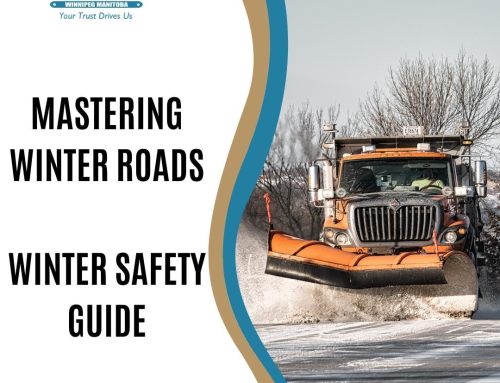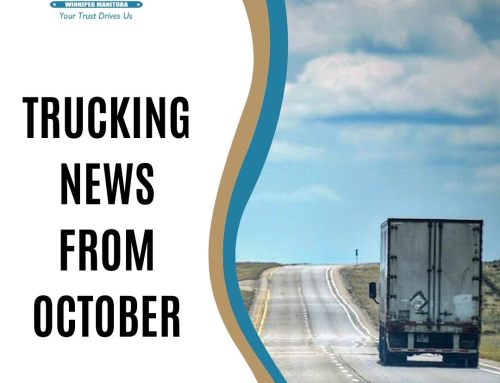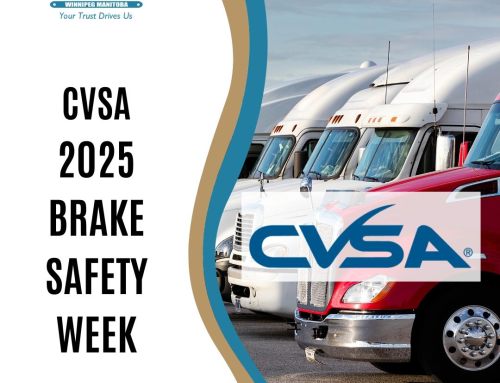 As speed limiters continue to be debated, many pros and cons have come forward while the question of how they will impact roadway safety continue to be unknown.
As speed limiters continue to be debated, many pros and cons have come forward while the question of how they will impact roadway safety continue to be unknown.
Roadway safety is a key component throughout the trucking industry. Everyone wants to be safe, and no one wants to be responsible for creating hazardous or fatal driving conditions. That being said, the road to safety isn’t always an easy one.
A mandate to limit the speed of large trucks was proposed by the Federal Motor Carrier Safety Administration and the National Highway Transportation Safety Administration in September of 2016. Since then many proposals have been made, studies have been conducted, and debates have been held to determine the next best course of action to increase roadway safety for everyone.
Let’s look at the pros and cons of speed limiters.
Speed Limiter Pros
Those who are in favor of speed limiters or speed governors say the trucking and environmental benefits include:
Improved Road Safety: The Truckers Report notes that commercial trucks are responsible for 18% of all fatal crashes with speed being the primary factor. FMCSA has been studying the effects speed limiting devices would have on the industry. A recent study found trucks with speed limiting devices have a 50% lower crash rate compared to trucks without such devices.
Improved fuel efficiency: This is more than a theory as many studies have been conducted, and many trucking companies have already adopted speed limiters as a way to improve fuel efficiency.
Reduced emissions: In keeping with the same logic and testing done with speed limiters increasing fuel efficiency, they also reduce emissions. The faster you drive, the more fuel you use, the more carbon dioxide your produce.
Speed Limiter Cons
On the flip side, those against speed limiters say there will be a negative impact on the industry and roadway safety:
Unintended safety consequences: a difference in speed between vehicles on the highway creates more interactions between vehicles which can lead to unsafe driving conditions. On two-lane roads, especially, speed limiters could pose increased safety risks if and when vehicles of any kind can’t achieve a safe passing speed.
Increased congestion: Bottlenecks are created and congestion results when vehicles travel at different speeds over the same network. The most acute problems would occur on two-lane roads, but four-lane divided highways would be affected, too.
Increased emissions: the net reduction in emissions assumes that the flow of traffic will not be affected. If speed limiters on truck cause increased traffic congestion, or force more speed adjustments by other vehicles, emissions will increase.
OOIDA Fights Against Limiters
The Owner-Operator Independent Drivers Association, the nation’s only organization representing professional and small-business truckers, created a video demonstrating the dangers of speed-limited trucks.
The video is designed not only for the trucking community but also for all highway users, so that they can learn the dangers of speed differentials created by artificially speed limiting large trucks.
“We encourage our members and the motoring public to share the video freely,” said Norita Taylor, director of public relations at OOIDA.
Source: OOIDA, Trucks.com, Truck News




